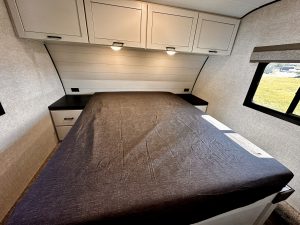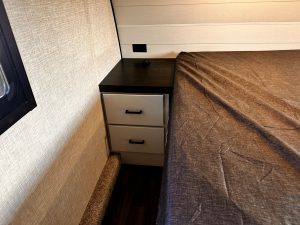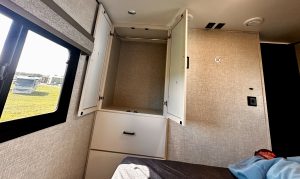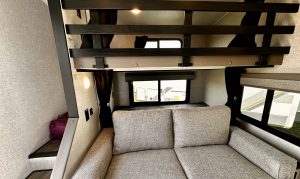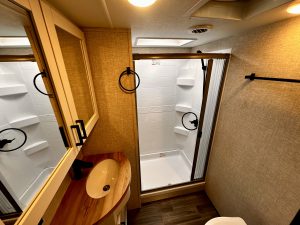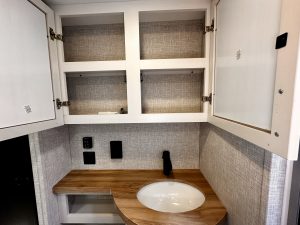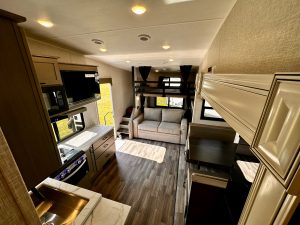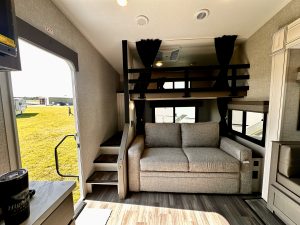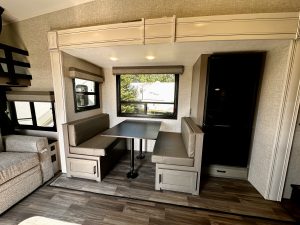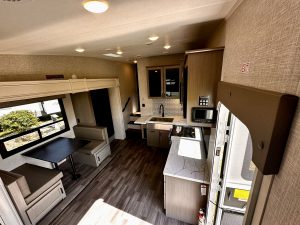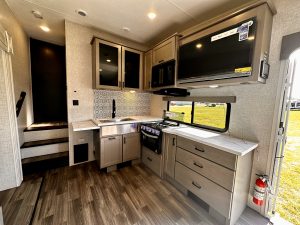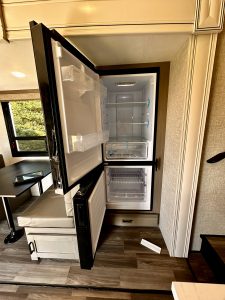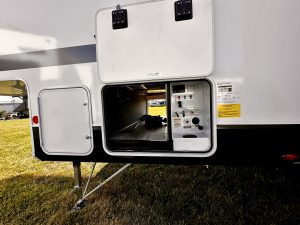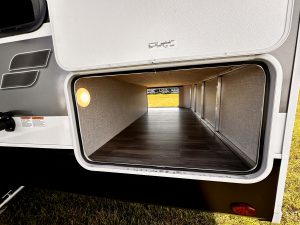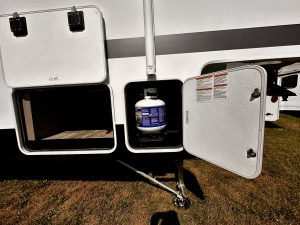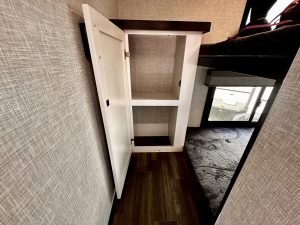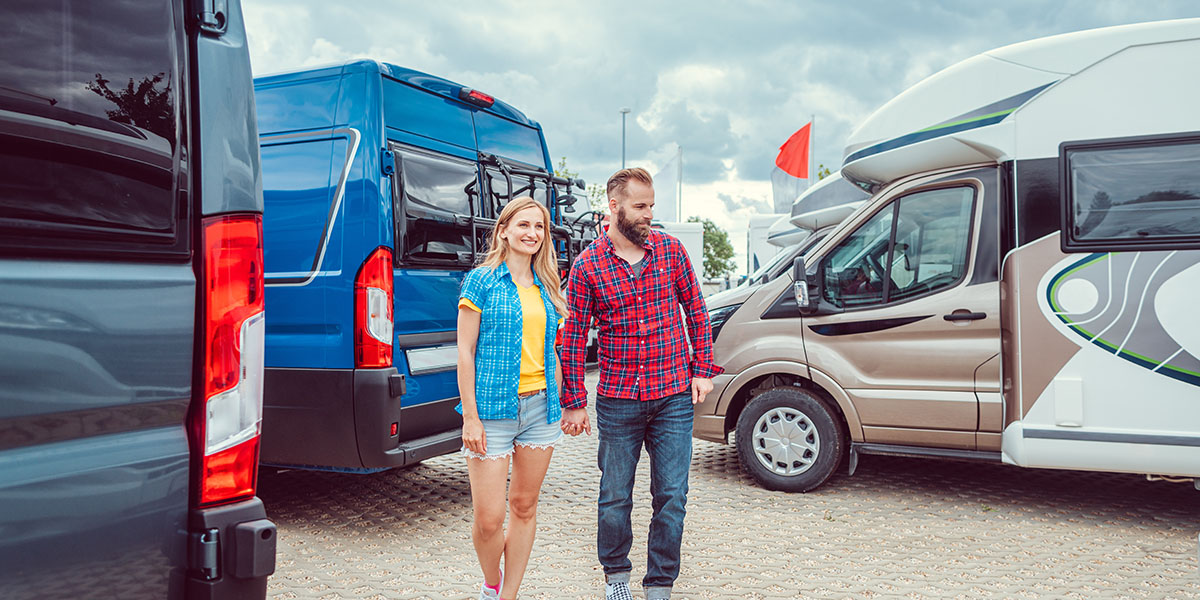There’s no question about it: Some of the best camping moments happen after dark. That may be enjoying the ambience of a campfire. Or it could be heating up hot chocolate on the camp stove. Sure, your RV may offer a more comfortable alternative. (Inside your cabin.) But you chose to to drive into the wild for a reason. There’s just something about being outdoors at night that makes us feel alive. Part of that sensation is probably primal. But while the stars may be particularly bright in the absence of light, not much else is. And while camping, we want (often need) light on-demand. That’s why almost every RVer packs camping lights and lanterns.
Good lighting — even occasional lighting —makes a big difference in our ability to enjoy the nature’s night side. No one wants to find out that the camping lights and lanterns you packed don’t work as advertised. (You know, right when you need them most.)
So, let’s shed some light on which portable camping lights and lanterns are best for RVer. This list of light sources that are all waterproof, durable, and at least 500 lumens. (On top of that they also had to have a reasonably long battery life.)
Best Freestanding Portable Area Light For Camping
At first glance, the Goal Zero Skylight area light is designed much like a work light. The biggest difference is that it has a much warmer light profile. That means it casts a warm, cozy glow across your campsite instead of the harsh light of a worklight. An adjustable height of up to 12 feet gives the six-petal Goal Zero Skylight’s area light the ability to provide up to 6,000 lumens of lighting for up to 300 square feet. This expansive light source’s battery can last for up to an hour when its used on the highest of four light settings. (It has a battery life of up to eight hours on the lowest setting. Battery runtime can also be increased to 250 hours when it’s plugged into one of Goal Zero’s Yeti power stations.)
The Skylight has a water resistance rating of IPX4. This means it’s resistant to water splashing from all directions and gives it the ability to withstand rain without damage.
What’s more, it comes with a hard plastic carrying case that makes it easy to take along with you. This protective case keeps it from getting bumped around and damaged while being transported in your RV.
Reviewers loved the brightness, built quality and versatility of this light source. They also mention how easy it is to set up and how fast it charges.
Best Headlamp For Camping
A good headlamp is super handy for camping because it can easily fit into your pocket. Out of your pocket, it give you having a hands-free light source. Which is awesome whenever your need your hand to do gather firewood. Or walk the dog. Or make that nature call. With all that being said, the waterproof, impact-resistant Fenix HM70R Rechargeable Headlamp performs well above and beyond expectations.
To start with, this little headlamp features a high-capacity 21700 battery that is capable of powering up to 1,600 lumens of lighting. It also has nine modes. And with a touch of its large, glove-friendly switch, you can get up to 100 hours of continuous runtime on its 30 lumen setting. The HM70R can also cast a beam up to 650 feet on the 1,600 lumens setting. But that’s not the coolest feature of this headlamp.
As mentioned, the HM70R has nine modes. It has four white spotlight modes, but sometimes you want a broader light beam. This headlamp also features three flood lights, plus a 5-lumen red floodlight and 5-lumens SOS light. It even has has sensors that keep it from overheating. The HM70R will automatically go to a lower output if you keep it on the 1300 lumens setting a little too long.
In addition, this headlamp is smart. It actually remembers what setting it was at the last time you turned it on. Plus, when you use its built-in step frequency mode, the light gets brighter the faster you run.
Reviewers love the Fenix HM70R’s features, lighting ability and mention how happy they are with Fenix product support and customer service.
Best Flashlight For Camping
Sometimes there’s nothing better than a handheld flashlight. Especially when you need a beam of light directed exactly where you need it to be. With that being said, today’s hand held flashlights are a far cry from the massive, heavy flashlight Dad brought camping when we were growing up. The biggest differences are that where those old school flashlights had heavy batteries and filament light bulbs, today’s flashlights have a small rechargeable battery and LED lights. This enables the new ones to be small, bright and more durable than ever before.
The Fenix PD36R Pro V2 is a perfect example of this. It has a length of 5.74 inches and a weight of just shy of 6 ounces. But don’t mistake it’s small size for weakness. Its Turbo mode boasts a whopping 2,800 lumens of light, enough to create daylight up to 1,247 feet away.
All told, the Fenix PD36R PRO has 5 modes, starting with Eco mode at just 30 lumens, which will still pierce the darkness with a 131-foot beam. In between those two extremes there are three middle brightness options ranging from 150 to 1,000 lumens. In addition there’s a strobe function which could come in handy (if you need to temporarily stun zombies or other assailants).
Maximum run time for this impact-resistant, waterproof flashlight is 42 continuous hours. And when it finally quits, you can recharge it in two hours with its USB Type-C charging cable.
In addition, the Fenix PD36R PRO V2.0 has two buttons that allow it to be used in different hand positions. It also lets you choose from eight different grip patterns, which is a nice touch. But that’s not all — it comes with it’s own holster and lanyard to keep it handy wherever you need it. (Or, smartly, so you don’t lose it in the dark.)
Best Budget Portable Lantern for Camping
You don’t need to spend a lot to get a waterproof camping lantern that provides enough light to cook dinner or to find your way in the dark. The dimmable Lepro LE 1,000 LM battery-powered, LED camping lantern lights your way with up to 1,000 lumens of bright white light. Apart from having a typical lantern handle on top, this lantern boasts a large hook on the bottom that lets it be hung upside down in tents. Or on branches.
A big benefit of this lantern is that it can be used in any weather because it’s waterproof. So, it’s perfect for keeping on board a boat in case you need it. Reviewers love the quality of this camping lantern and felt it’s a great value for the price.
Best Versatile Portable Lantern For Camping
The Biolite Alpenglow 500 is a wonderful choice for RVers who want a versatile light source that can provide 500 lumens of full spectrum light wherever they need it. Full spectrum light means you can see true colors, instead of the limited range offered by the cool light of other LED camping lanterns. This comes in handy for more than just seeing your hand in front of your face when you step away from the campfire. For example, you can use it to check how well done the burgers are or read a trail map for tomorrow’s adventures..
But being a great light source is only one of the many things that makes the rechargeable Alpenglow 500 the best camping lantern around. At just 3.8 inches by 5.4 inches, this lightweight lantern is small enough to toss into a backpack. A hook on the bottom of the Alpenglow 500 lets you hang it anywhere you need light. A great benefit of the hook is that it’s big enough to function as a carry handle when you want to use it like a traditional lantern.
Versatility, Inside and Out
What’s more, the Biolite Alpenglow was designed to be used outdoors. Even when it’s raining. And while you don’t have to bring it in, you might want to because the Biolite Alpenglow 500 also provides relaxing ambient lighting in an array of natural colors and patterns. There’s even a flame pattern to create the cozy ambiance of a campfire. On top of all this, it’s more than just one the best camping lights and lanterns around. The Alpenglow 500 can also be used as a portable power bank for charging electronic devices or powering string lights.
Light on Your Terms
Wherever you are parked, the ability to effectively throw the switch and get on-demand light is essential. Sure, your RV gives you that option in the cabin and around its perimeter. But exterior RV light can contribute to light pollution and diminish your ability to enjoy the natural splendor the night sky. But having camping lights and lanterns ready means that you can get what you need done rapidly. Without light pollution. So then you can get back that stunning star show or the enchanting flicker of firelight.
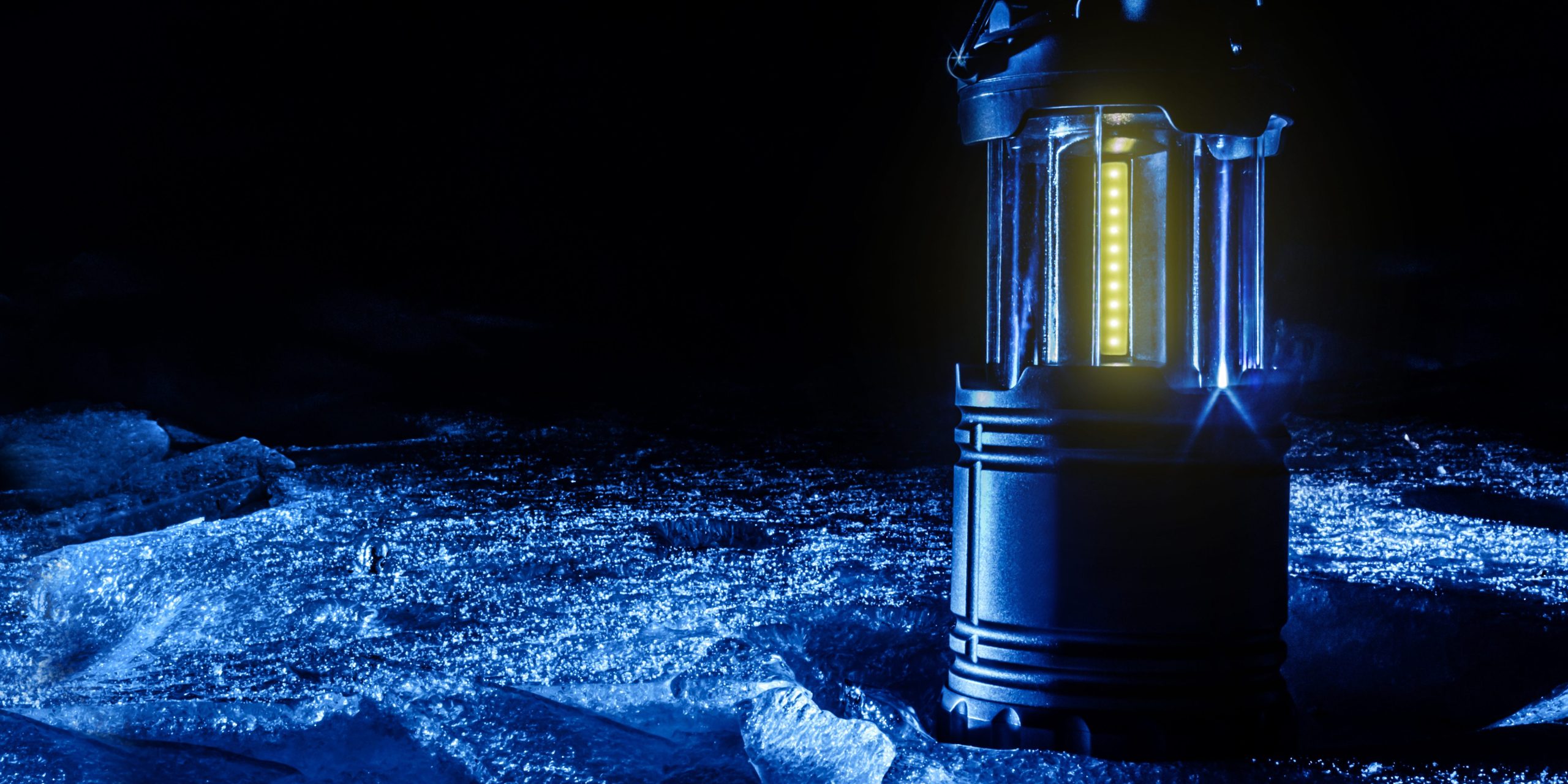
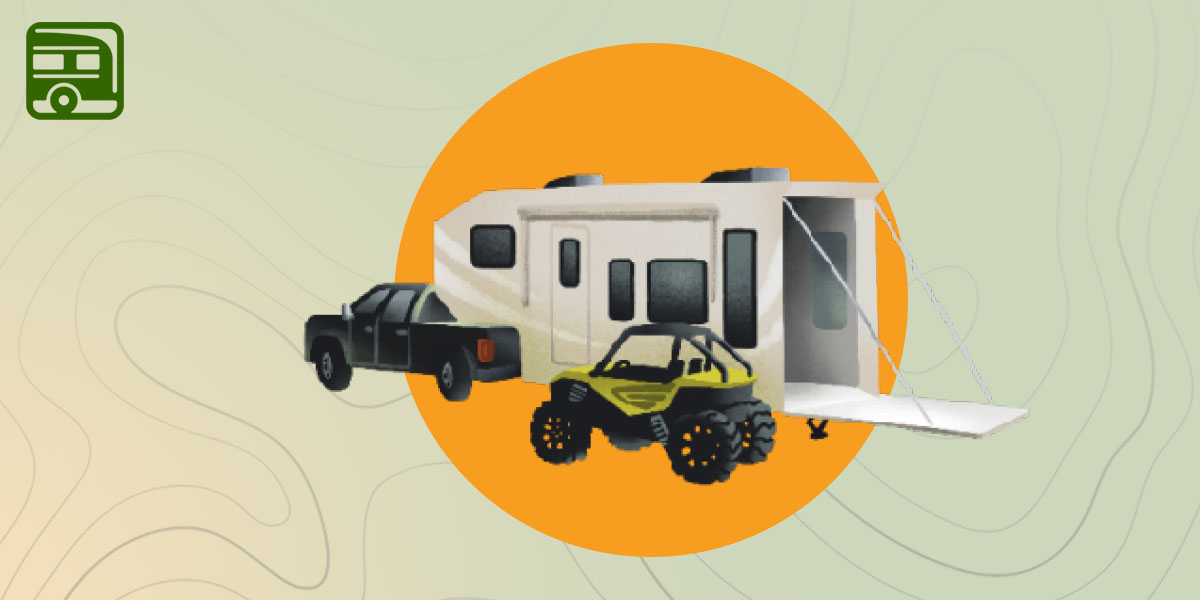
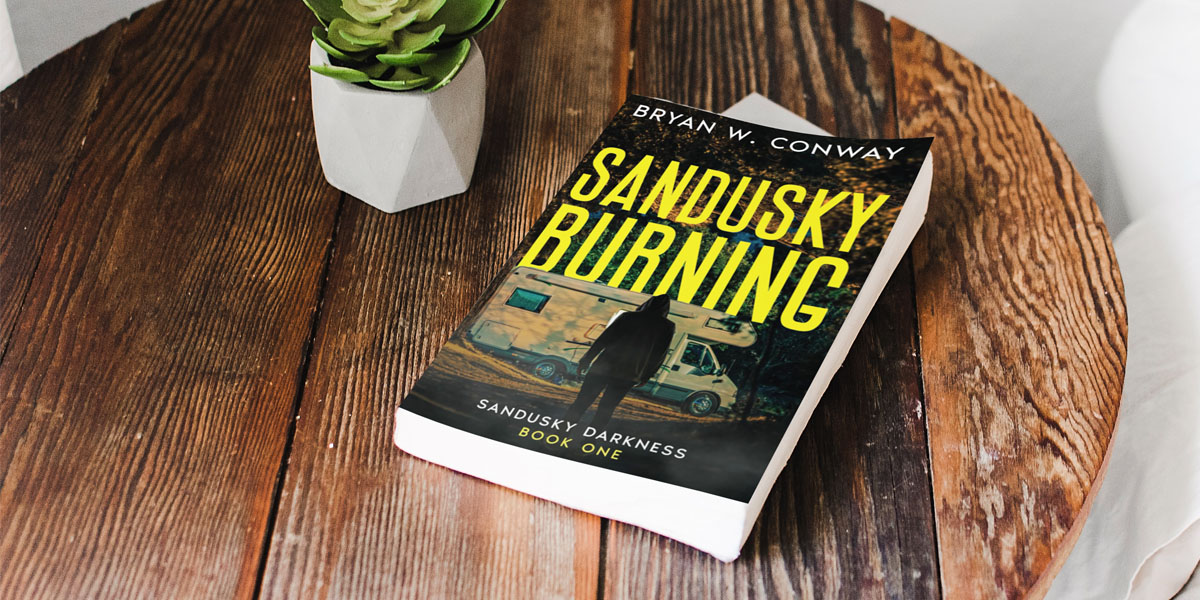
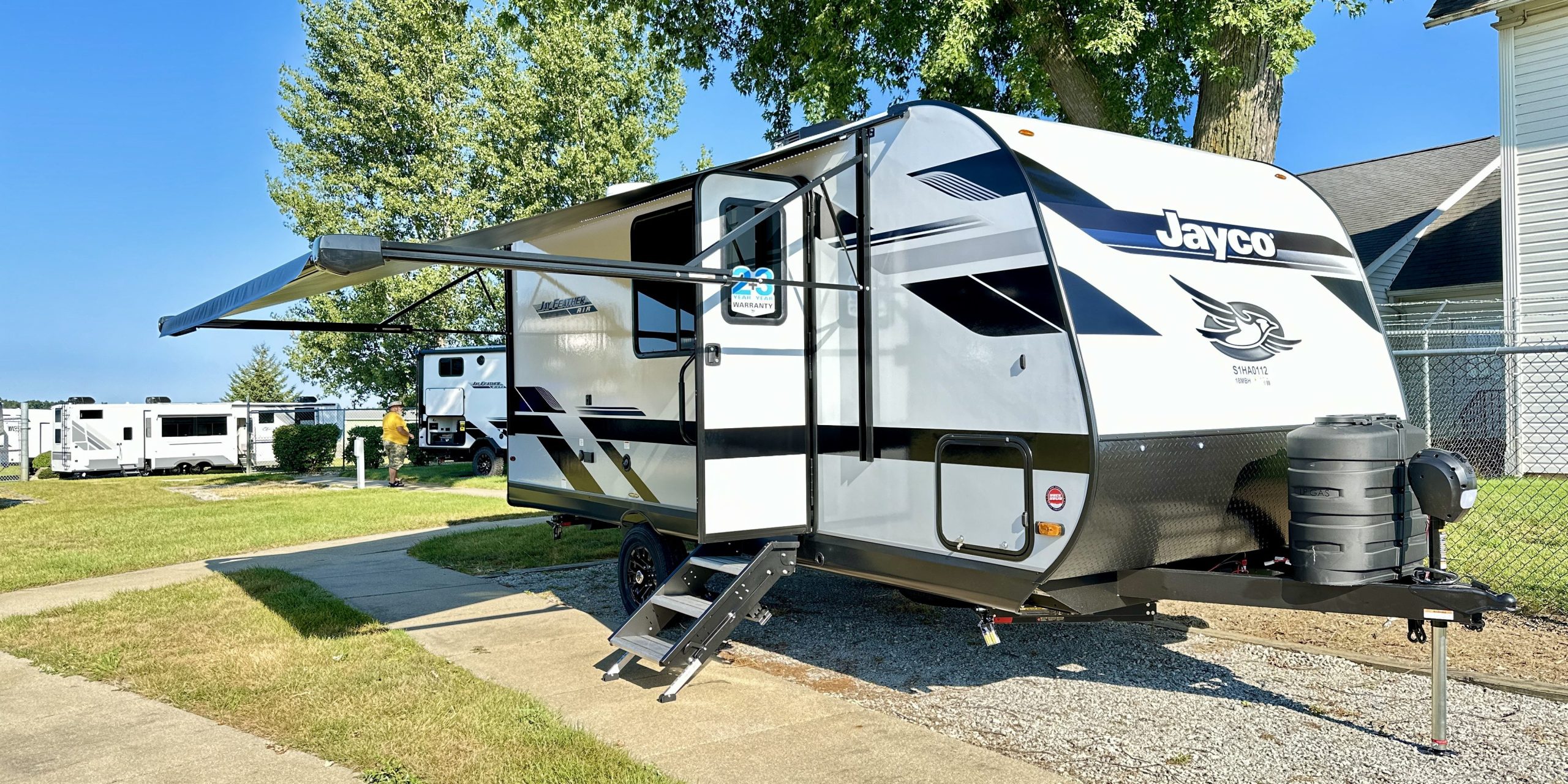
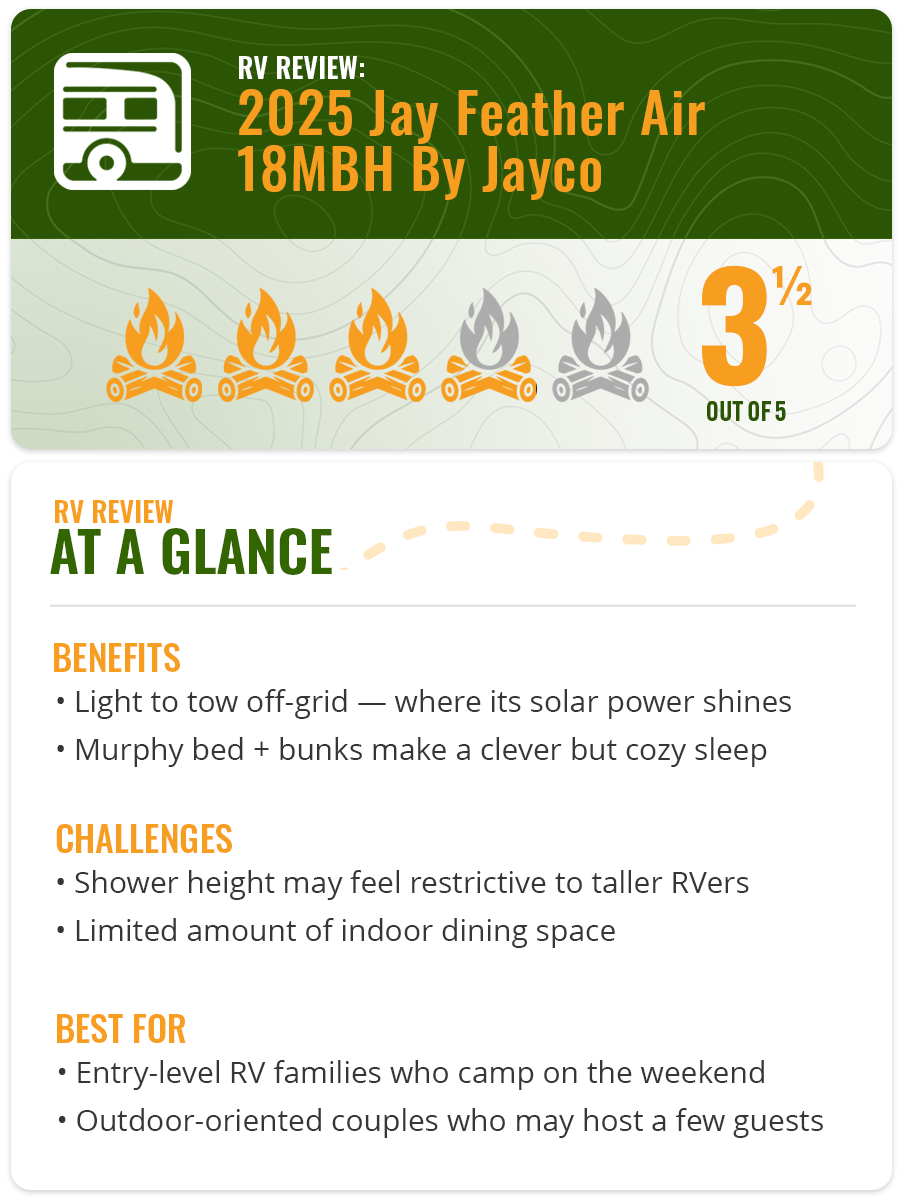 Check the Specs
Check the Specs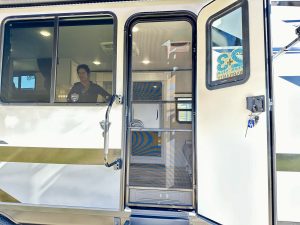
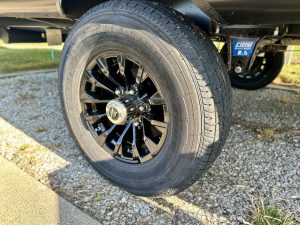
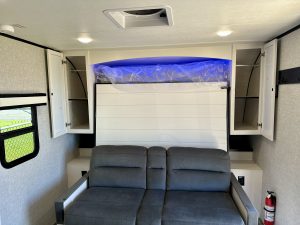
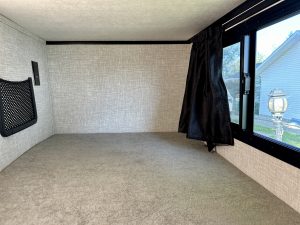
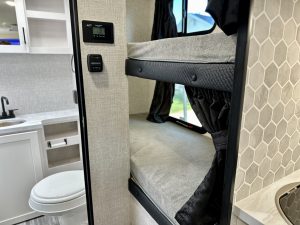

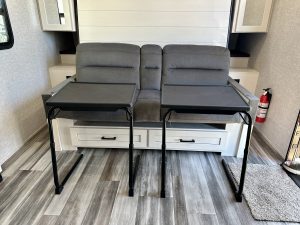
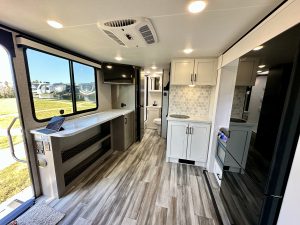
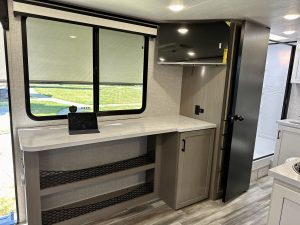
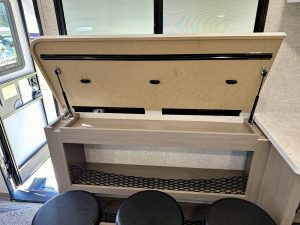
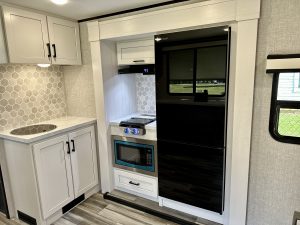
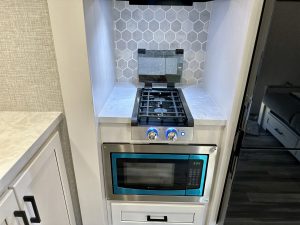
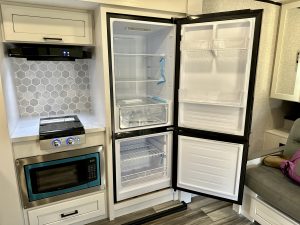
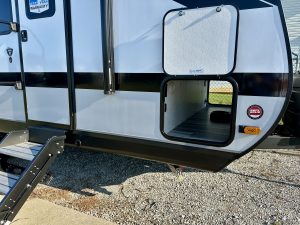
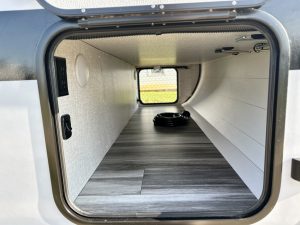
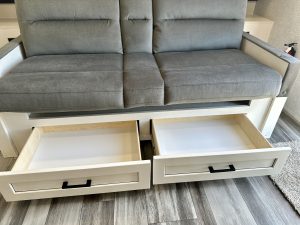
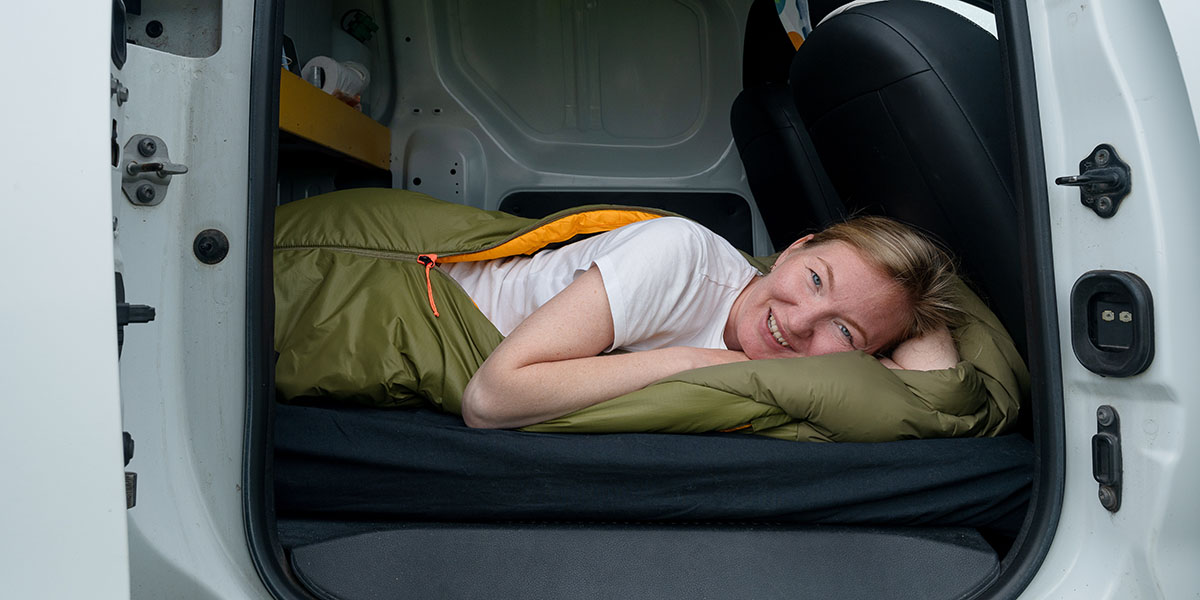
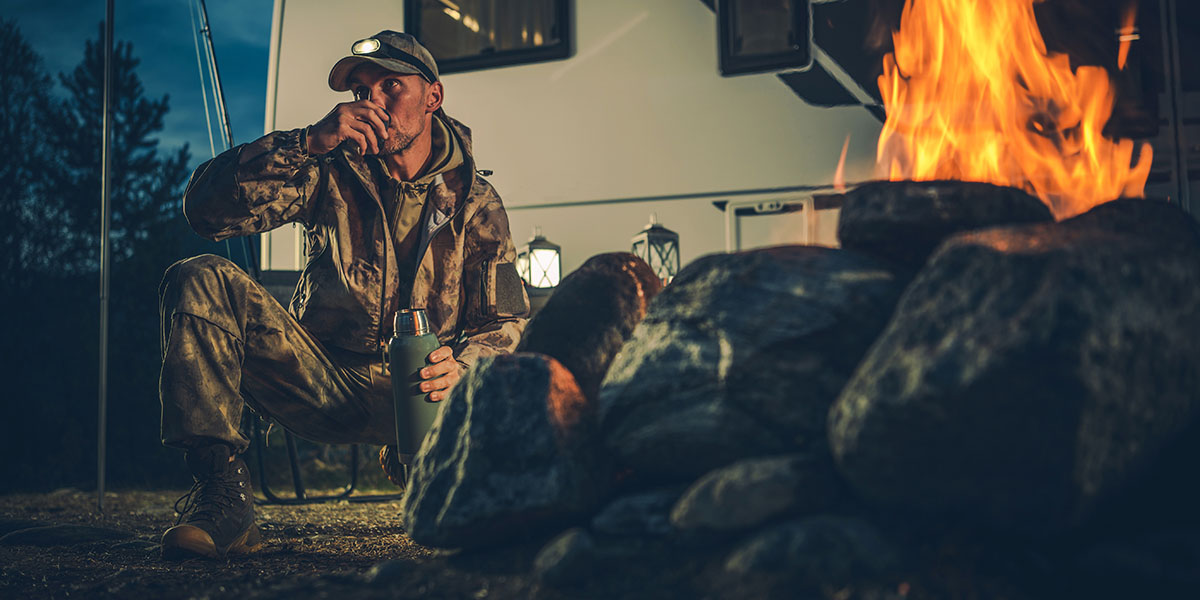



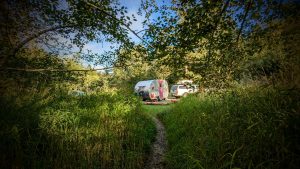
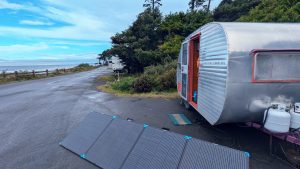
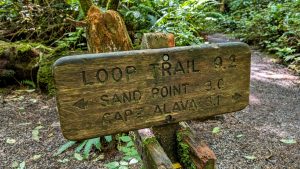

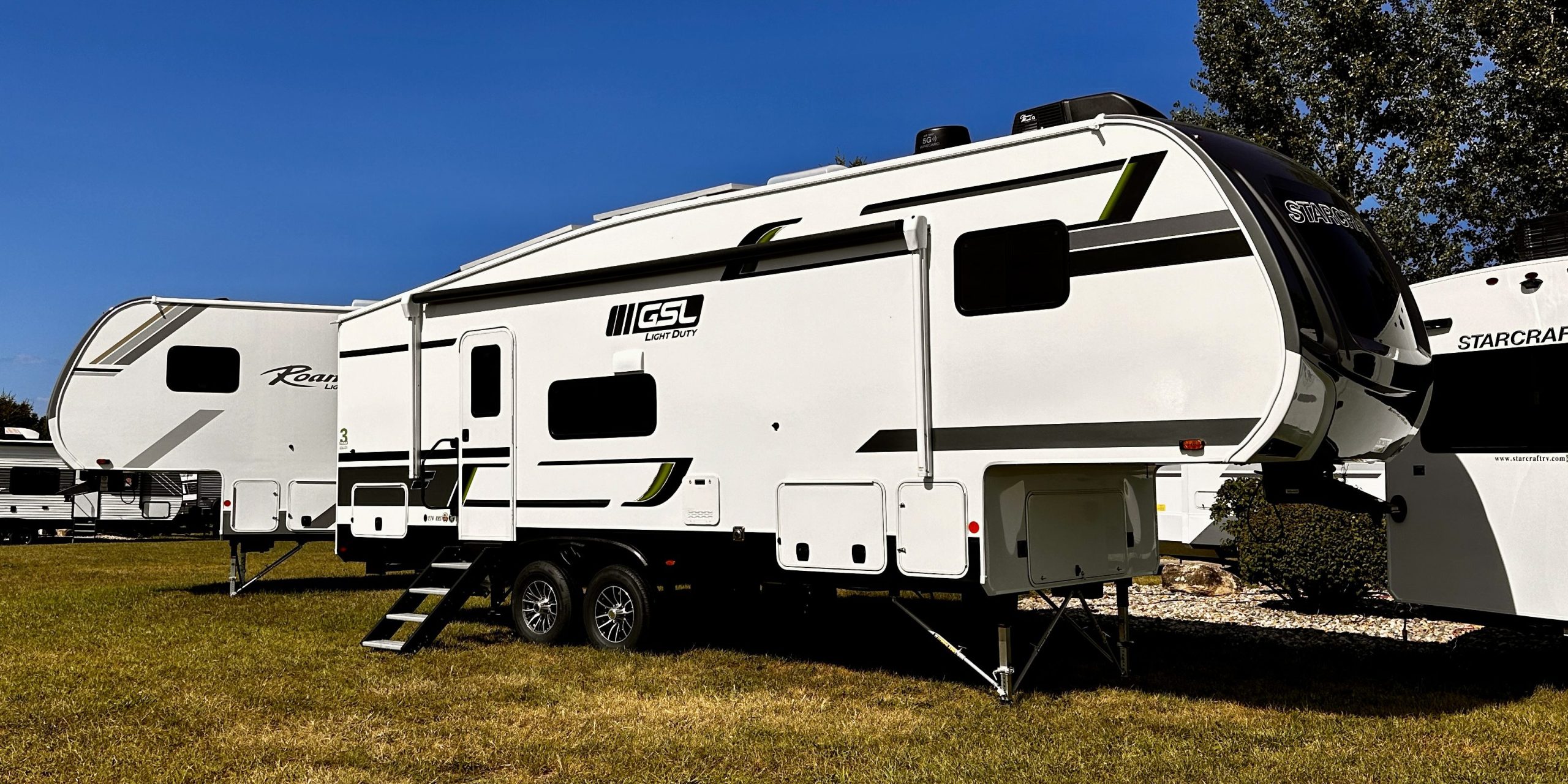
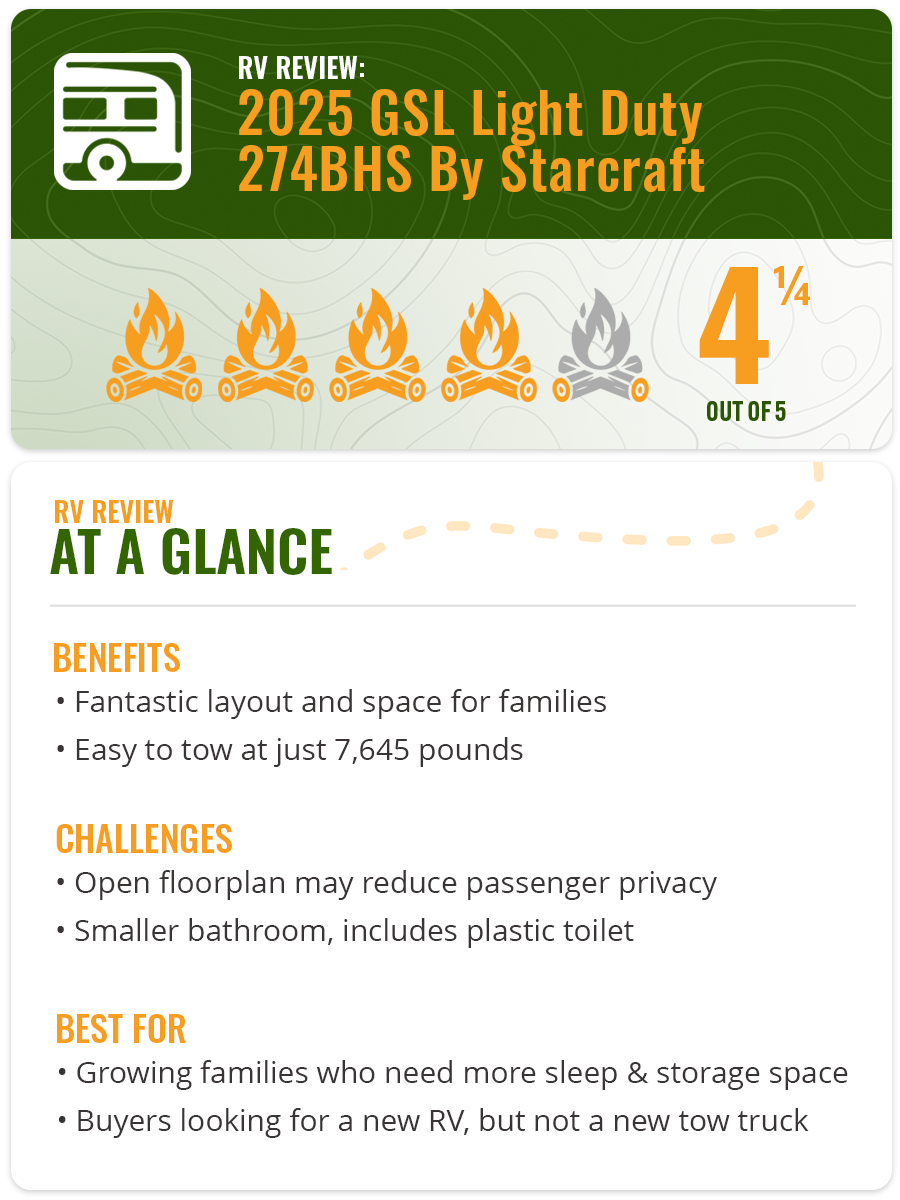 Whether you’re looking for a value-packed RV for seasonal or year-round family camping adventures, the 2025 Starcraft GSL Light Duty 274BHS is fifth wheel to consider. The layout is fantastic for families. I loved the spacious kitchen where multiple chefs can collaborate to create delicious camping feasts. The living area and kitchen combine into one huge space where everyone (including the family dog) can have room to stretch out.
Whether you’re looking for a value-packed RV for seasonal or year-round family camping adventures, the 2025 Starcraft GSL Light Duty 274BHS is fifth wheel to consider. The layout is fantastic for families. I loved the spacious kitchen where multiple chefs can collaborate to create delicious camping feasts. The living area and kitchen combine into one huge space where everyone (including the family dog) can have room to stretch out. 